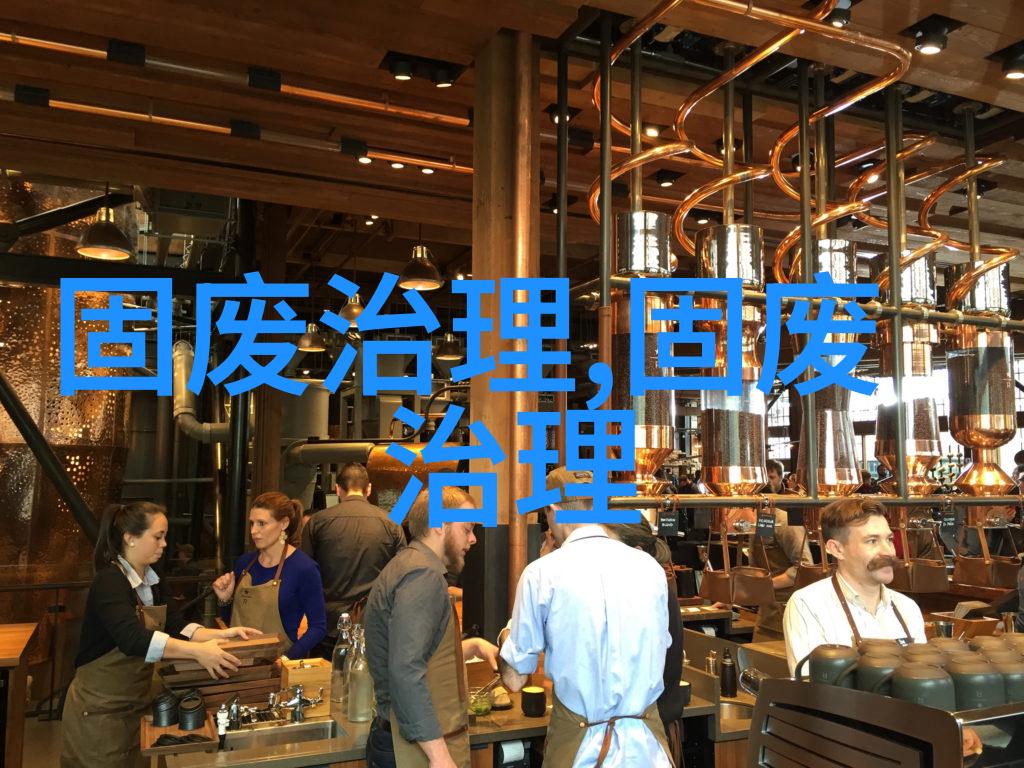生态环境部发布全国地表水空气质量报告及低碳环保项目进展情况
一、地表水

(一)总体情况
2020年10月,1940个国家地表水考核断面中,水质优良(Ⅰ-Ⅲ类)断面比例为83.3%,同比上升7.5个百分点;劣Ⅴ类断面比例为0.8%,同比下降2.1个百分点。主要污染指标包括化学需氧量、总磷和高锰酸盐指数。

图1 2020年10月全国地表水水质类别比例展示了各项数据的变化趋势。
2020年1-10月,1940个国家地表水考核断面中,water quality in the I-III categories accounted for 81.8%, an increase of 6.4 percentage points compared to the same period last year; water quality in the V category accounted for 0.8%, a decrease of 2.4 percentage points compared to the same period last year.

The main pollutants were chemical oxygen demand, total phosphorus and permanganate index.
Graphs 2 and 3 show the changes in water quality across different regions during these periods.

(二)主要江河流域的情况
In October, among seven major river basins and western China's rivers, as well as Zhejiang-Fujian riverside areas, there were more than two-thirds (86.7%) with excellent or good water quality (I-III categories), representing a growth of six percentage points from last year; less than one-fifth (IV-V) had poor water quality.

During January to October, such proportions increased by five percentage points compared to the previous year: three-quarters (85%) had excellent or good water quality; one-tenth had poor conditions.
The main pollution indicators were chemical oxygen demand, permanganate index and total phosphorus.
Graphs four shows these trends over time.
(三)湖泊的重要性与营养状态
Among monitored lakes in October,
75% had favorable conditions for aquatic life;
5% had unfavorable conditions.
Main pollutants included total phosphorus,
permanganate index,
and chemical oxygen demand.
110 key lakes showed moderate eutrophication levels,
while others remained unchanged.
In January to October,
74% exhibited favorable conditions;
5% showed unfavorable situations.
Pollution indicators included total phosphorus,
chemical oxygen demand and permanganate index.
110 key lakes demonstrated slight eutrophication levels.
These data reveal that some lakes improved their overall status while others faced deterioration or stagnation
(四)城市排名和地区差异分析
For national surface waters assessed at city level,
205 cities participated with an average rank within each city ranging from first place through thirtieth place based on their respective scores for environmental protection performance rankings.
For air pollution control:
October saw improvements across many Chinese cities' air-quality metrics:
92% recorded days with "good" air-quality ratings;
PM2.[micro] concentrations dropped by -3.[micro]% relative to last year's numbers.
January-to-October figures displayed even greater improvement:
Average "good" days rose by +6%;
PM2.[micro] concentrations fell by -11.[micro]%.
Regional variations existed throughout this assessment period:
Beijing experienced mixed results between months;
Shanghai's PM2.[micro] concentration decreased during both assessments but slightly worsened between them.
This report highlights regional disparities regarding environmental health outcomes amidst ongoing efforts towards sustainable development strategies like low-carbon projects aimed at mitigating negative impacts on our environment while fostering economic growth simultaneously